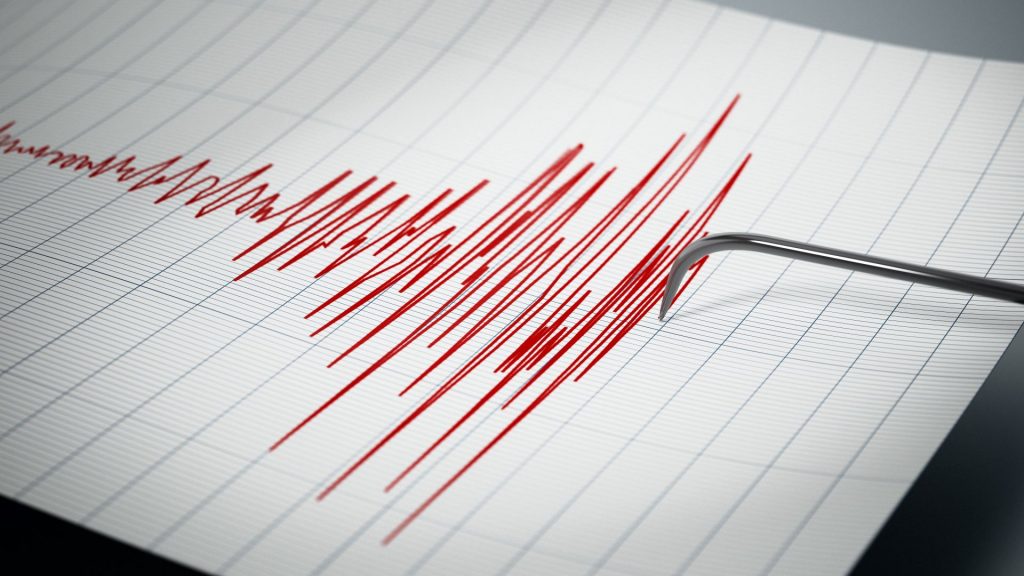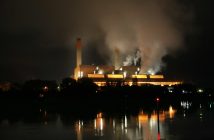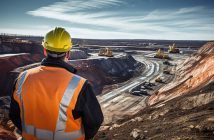Remarkable high-resolution results in the detection of the recent Wellington earthquake could mean a change in the way we prepare for and respond to seismic events

FiberSense’s DigitalSeismic sensing service that operates on fibre optic telecoms cables in Wellington detected a range of activity from the earthquake centred on the Cook Strait last week.
“We cross-referenced our measurements with the records of the official earthquake sensors and the results were remarkable – for the first time ever we’ve calibrated the impact of quakes down to a building-by-building analysis level,” Founder and Chief Executive of FiberSense, Mark Englund says.
“Immediately after the earthquake last week we first confirmed that the main data points from the official readings like magnitude and wave movement across ground closely matched with our readings. This established that our fibre optic-based quake detection is as reliable as current methods that depend on monitoring stations scattered across New Zealand.
“The most compelling finding is that because the fibre-based method constantly records the activity as the event wave moves across the earth, our DigitalSeismic service captured the peak ground acceleration with around 1000x greater fidelity compared to what conventional seismic networks achieved,” Englund says.
FiberSense VP of Research & Development, Dr Nate Lindsey, says fibre optic telecoms cables are the hidden web of communication within a city.
“FiberSense’s DigitalSeismic service uses this web to take the pulse of a city, block-by-block, building-by-building.
“When an earthquake strikes, we use advances in distributed sensing to make measurements of how much the ground shook at positions every few metres along the optical fibre, improving on the traditional seismometers which are separated by kilometres, at best.
“A further key benefit from our approach is that DigitalSeismic concentrates ground shaking information where it matters most – in and around the populated areas where the fibre is commonly located. This contrasts with conventional seismic networks which have traditionally been located far from noisy city activity.
“Targeting populated areas adds important data-driven insight right where people are most impacted, making DigitalSeismic technology a real game changer for how we respond to seismic hazards.”
Englund believes this capability will be an invaluable tool for first responders, utilities, critical infrastructure owners and seismologists, as well as government authorities in assessing the damage from earthquakes.
“Whilst we can’t prevent natural disasters occurring, we can inform the way we plan for and respond to these inevitable events.
“It is critical that the quality of the data we base our recovery plans on should be as complete and well informed as possible,” Englund says.
FiberSense is engaged with seismologists at Victoria University of Wellington and the University of Auckland through a grant from Earthquake Commission (EQC) to study the earthquake recordings which FiberSense is availing to the community. Through this science partnership, FiberSense hopes to build a bridge to new opportunities in earthquake early warning and seismic hazard analysis.
Further background to the DigitalSeismic results from the NZ earthquake
Researchers working to understand the impact, scale, and dangers that earthquakes have on communities, have to date been informed by the data collected by individual seismic readers scattered around the globe. In the quake-prone islands of New Zealand, this can mean just a few dozen seismic meters, often hundreds of kilometres apart, are relied upon to capture data for the whole country.
They measure not just the onset and duration of ground motion, but also critically important information like the maximum ground acceleration and directionality of shaking.
Taken together, this data informs the public sector’s responses to natural disasters and underpins our preparations to proceed with a plan of action when the inevitable next event occurs.
However, the current quality of earthquake data is about to be turbo charged by using information detected across the ubiquitous fibre optic cables that link up cities, connect communities and traverse the globe.
The team at FiberSense has invented and patented a new class of sensor system over optical fibre cable infrastructure called Vibration Detection and Ranging (VID+R). This technology acts as a series of ‘virtual seismic sensors’ set every few metres along a fibre cable.
These distributed sensors can then detect the force and speed of the earthquake as the damaging waves move through city blocks and even individual buildings. This detailed information about the event is available in the moments immediately after the earthquake strikes as the data is aggregated automatically in the cloud.








